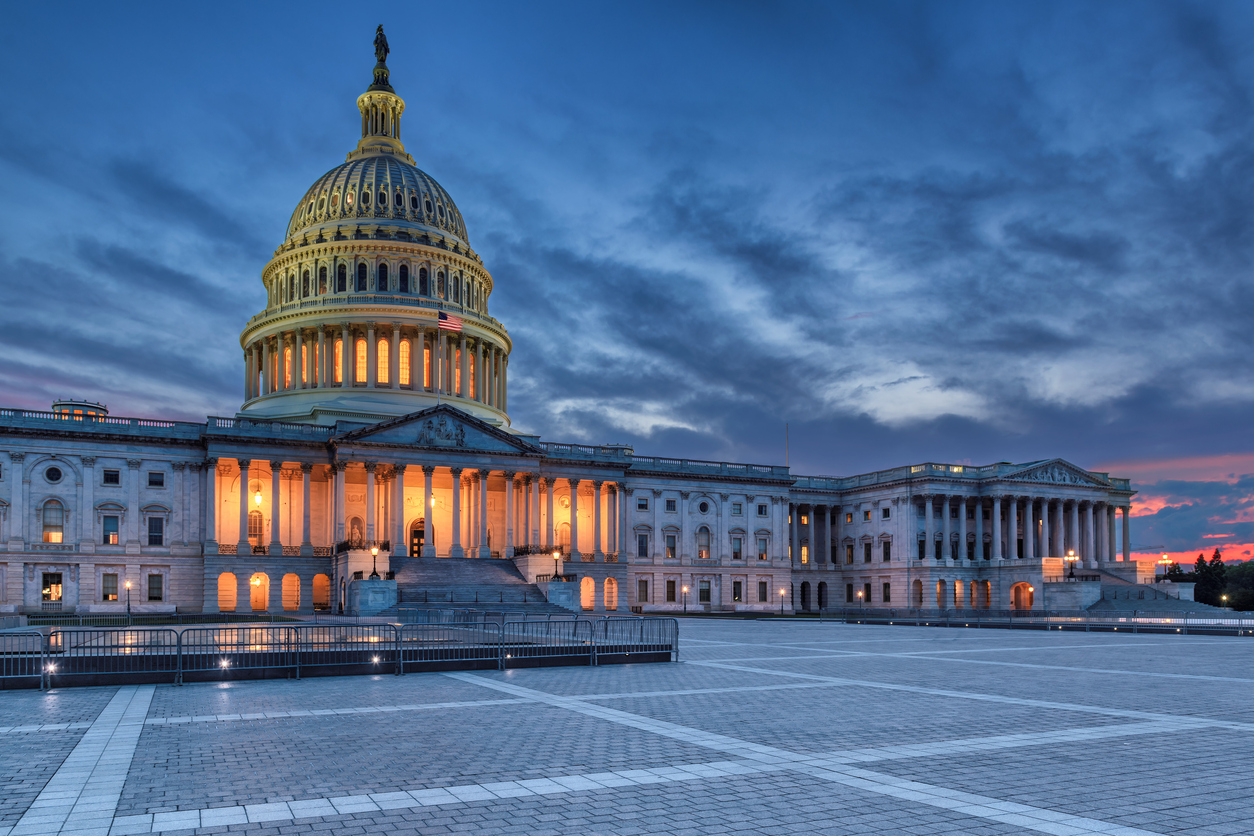Good news regarding the latest PPP legislative update! Congress has passed and the President has signed H.R. 7010, the Paycheck Protection Program Flexibility Act of 2020.
The Paycheck Protection Program Flexibility Act creates more flexibility for borrowers using PPP funds. The bill extends the time period for businesses to use the funds from 8 to 24 weeks, and changes the ratio from 75/25 to 60/40 for payroll to other fixed costs.
The following is an overview of the legislation’s main points:
- PPP borrowers can choose to extend the eight-week period to 24 weeks, or they can keep the original eight-week period. This flexibility is designed to make it easier for more borrowers to reach full, or almost full, forgiveness.
- The payroll expenditure requirement drops to 60% from 75% but is now a cliff, meaning that borrowers must spend at least 60% on payroll or none of the loan will be forgiven. Currently, a borrower is required to reduce the amount eligible for forgiveness if less than 75% of eligible funds are used for payroll costs, but forgiveness isn’t eliminated if the 75% threshold is not met.
- Borrowers can use the 24-week period to restore their workforce levels and wages to the pre-pandemic levels required for full forgiveness. This must be done by December 31, 2020, a change from the previous deadline of June 30, 2020.
- The legislation includes two new exceptions allowing borrowers to achieve full PPP loan forgiveness even if they do not fully restore their workforce. Previous guidance already allowed borrowers to exclude from those calculations employees who turned down good faith offers to be rehired at the same hours and wages as before the pandemic. The new bill allows borrowers to adjust because they could not find qualified employees or were unable to restore business operations to February 15, 2020 levels due to COVID-19 related operating restrictions.
- Borrowers now have five years to repay any unforgiven amount of the loan instead of two. The interest rate remains at 1%.
- Borrowers can now defer the employer’s portion of Social Security payroll taxes for two years. Half of the payroll taxes will be due in 2021, with the rest due in 2022.
The extended covered period and reduced payroll ratio should allow most PPP borrowers to achieve full loan forgiveness without continued in-depth planning strategies.
We continue to closely monitor these developments. If you have any questions about what you need to do to maximize your PPP loan forgiveness, speak to your tax and accounting advisor. If you do not have an advisor and need assistance with your tax planning, Anglin’s Tax Advisory Services team can help.
Stay up-to-date on business and tax impacts of this pandemic through our Coronavirus Resource page where we have compiled updates and resources

